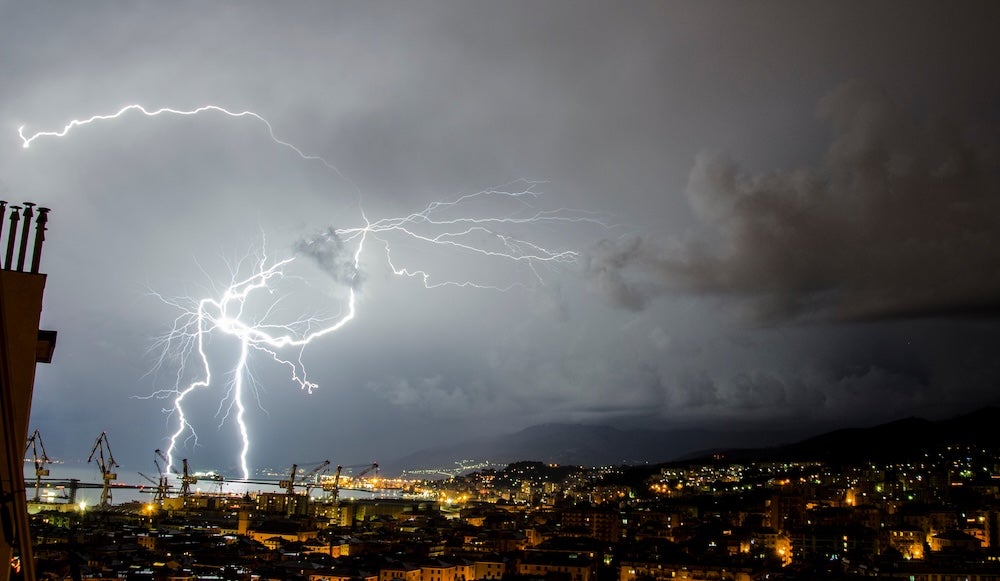An unusual weather pattern is causing severe storms in the eastern and southern states this week. The phenomenon, called an omega block, forms when two low-pressure systems trap a high-pressure system in between, locking adverse weather in place for days.

Flood watches now stretch from eastern New Mexico to Massachusetts, threatening parts of Texas, Oklahoma, Arkansas, Louisiana and much of the Northeast with heavy rain, flash flooding, damaging winds, hail and isolated tornadoes.
Rice University experts are available to provide context and insights on flood risks, storm severity, infrastructure resilience and climate-related weather extremes.
Flood protection and nature-based mitigation
Jim Blackburn, co-director of Rice’s Severe Storm Prevention, Education and Evacuation from Disasters (SSPEED) Center, specializes in the effects of climate change on storm and flood risks. Blackburn, who is an expert in environmental law, can discuss larger rainfall events and climate change, equity issues in flood protection and sustainable mitigation strategies, including the role of nature-based solutions such as wetlands and carbon credits.
Phil Bedient, director of the SSPEED Center, is the designer of the Rice/TMC Flood Alert System (FAS5) and Houston’s Flood Information and Response System. Bedient can discuss flooding issues that arise from tropical depressions, hurricanes and severe storms. He authored “Lessons from Hurricane Ike,” covering its nearly $25 billion in damages, and was Rice’s most-cited Hurricane Harvey expert in 2017. He also can speak to the effects of urban-development practices and protection strategies for the region.
Climate patterns and public health risks
Sylvia Dee is a climate scientist whose research explores how natural climate patterns like El Niño and La Niña interact with climate change to influence weather extremes and flood risk. Her lab uses climate models to assess future hazards to human and natural systems with a particular focus on the Gulf of Mexico. She is currently collaborating with a team of scientists at Baylor College of Medicine on a groundbreaking initiative called the Texas Virosphere Project, which seeks to predict and prevent climate-driven infectious disease outbreaks in Texas and the Gulf Coast.
Hydrologic extremes
Avantika Gori, assistant professor of civil and environmental engineering, can discuss coastal flood risk under evolving climate and landscape conditions; climate change impacts on tropical cyclone climatology and hydrometeorological extremes; coastal flood and resilience; multihazard risk assessment; and the interaction of coastal hazards, climate change and the built and natural environment.
Weather patterns and modeling
James Doss-Gollin, assistant professor of civil and environmental engineering, explores how assumptions and uncertainties about the future influence the design and investment strategies for water systems and climate adaptation. By integrating space-time statistical modeling, operations research and a physics-based understanding of the climate system, his work aims to inform more resilient and effective decision-making.
Social impact of flooding
Dominic Boyer brings a social science perspective to storm recovery and climate adaptation. He can discuss how communities recover from repeated floods, the emotional and cultural costs of disaster and the role of green stormwater infrastructure in building resilience in historically underserved neighborhoods. His current research focuses on Northeast Houston.
To schedule an interview with Rice’s experts, contact media relations specialists Alex Becker at alex.becker@rice.edu, Marcy de Luna at marcy.deluna@rice.edu or Kat Cosley Trigg at Kat.Cosley.Trigg@rice.edu.

